By Christopher Miskimon
The island fighting of the Pacific War is often portrayed in the popular media as the sole province of the United States Marines. Without doubt, they deserve their hard-won accolades. The truth is that prosecuting the war against Japan on land was a joint effort between the USMC and the U.S. Army with much of the overall control under the purview of the U.S. Navy.
In terms of raw numbers, the Army had many more troops in theater than the Marine Corps; it brought the bulk of the manpower while the Marines had prepared the amphibious doctrine and expertise needed to get American forces ashore across the various islands they stormed. Each service had its own doctrine, tactics, and specialized equipment. Further, each had its own prerogatives and goals. Unfortunately, both branches also had leaders more concerned with their own service’s interests than the ultimate goal of victory, and fortunately each had leaders who understood winning the war was more important than inter-service rivalry.
 How all of this came together is the subject of Sharon Tosey Lacey’s new book, Pacific Blitzkrieg: World War II in the Central Pacific (University of North Texas Press, Denton, 2013, 282 pp., maps, photographs, notes, index, $27.95, hardcover). The book is a study of the high-level leadership of both services and how they adapted to combined operations. It was at times a rocky road, but ultimately the effort bore fruit. Each chapter is a case study of a combined Army-Marine operation focusing on the leaders, training, and results of each battle.
How all of this came together is the subject of Sharon Tosey Lacey’s new book, Pacific Blitzkrieg: World War II in the Central Pacific (University of North Texas Press, Denton, 2013, 282 pp., maps, photographs, notes, index, $27.95, hardcover). The book is a study of the high-level leadership of both services and how they adapted to combined operations. It was at times a rocky road, but ultimately the effort bore fruit. Each chapter is a case study of a combined Army-Marine operation focusing on the leaders, training, and results of each battle.
From the beginning of the war, the “Germany First” policy meant the Pacific Theater would have a smaller share of the resources. When the Japanese began experiencing setbacks in mid-1942, however, the U.S. high command decided to seize the opportunity and blunt the enemy offensive. This began at Guadalcanal, where Marines began the counteroffensive and soldiers arrived later. This initial effort went well; the Marines’ General Alexander Vandegrift and Army General Alexander Patch worked well together with no sign of rivalry, focusing on getting the mission done. This was all the more important because the planning and training for the invasion were done quickly and with shortages of almost everything.
Following operations resulted in victory despite the problems encountered. Divisions seldom were together for preinvasion training since they were usually spread across numerous islands. This gave them little chance to work out doctrinal and training differences. Often, last-minute decisions from higher headquarters shortened training time or sometimes did not account for the real situation on the ground. Many of these issues were simply the result of quickly evolving wartime conditions; some problems were encountered due to the rivalry between General Douglas MacArthur in the Southwest Pacific command and Admiral Chester Nimitz in the Central Pacific. While this book is focused on the Central Pacific, MacArthur’s efforts to acquire resources and draw attention to himself affected events and are mentioned in the book.
Although the joint operations after Guadalcanal—Tarawa/ Makin, the Marshall Islands, and Saipan—were won, problems with Army/ Marine discord continued, coming to a head on Saipan. Each operation has its own chapter, and the various facets of planning, training, and the attack are discussed. At this point, the author concentrates largely on the relationships and conflicts of the senior officers involved.
Particular focus falls upon Marine General Holland Smith, nicknamed “Howlin’ Mad” by his Marines. Smith was charged with training and administrative duties over the combined ground forces in the Central Pacific and eventually commanded them in combat. He had a dislike for the Army, which appeared to color his decision making and created much animosity and argument among officers in both services. He often criticized Army units for moving too slowly in combat, and several times accused them of cowardice. This came to a head on Saipan when he relived the commander of the 27th Infantry Division, Maj. Gen. Ralph Smith. This “Smith vs. Smith” controversy even filtered down to the lower ranks and into the press, causing acrimony most. As a result, while Holland Smith would command Marines at Iwo Jima, he was taken out of consideration for the war’s last big battle.
For the Okinawa operation, an Army general, Simon Bolivar Buckner was selected. The sheer size of the invasion meant this attack would require that the majority of troops be soldiers. Buckner was known for his lack of interservice animosity and even selected a Marine as his second in command. Like Guadalcanal, this last fight was marked by relative harmony among senior leaders.
This book is a good choice for anyone interested in the higher decision making and planning of the island-hopping campaign in the Central Pacific. The author, while clearly disapproving of Holland Smith’s actions, takes pains to portray him as an otherwise effective officer whose inability to overcome his bias against the Army colored his otherwise good service. The faults of Army and Marine officers are given equal attention, as are their strengths, providing a balanced view. The work is insightful and the arguments well reasoned.
 The Music of World War II: War Songs and Their Stories, Sheldon Winkler, Merriam Press, Bennington, VT, 2013, 125 pp., photographs, bibliography, $14.95, softcover, $4.99 digital PDF from the publisher.
The Music of World War II: War Songs and Their Stories, Sheldon Winkler, Merriam Press, Bennington, VT, 2013, 125 pp., photographs, bibliography, $14.95, softcover, $4.99 digital PDF from the publisher.
Music has always been a part of the experience of war. Songs of patriotism, propaganda, and the personal understanding of war and the loss it brings appear almost with the first shots of a conflict. During World War II, radios and phonographs were widespread, and music was used widely in films and cartoons of the day. This new book explores the music of this conflict, telling the stories of how a number of popular songs came to be, what made them so well loved at the time, and describing the origins of songs still widely known today that originated in the dark days of the early 1940s.
Once America entered the war, most of its effort went into achieving victory. The entertainment industry was no different; in the days before television, music had great power to influence. Existing songs, such as “God Bless America,” found new life. Originally written for a 1917 musical while Irving Berlin was in the Army, it sat unused until Kate Smith, a contemporary singer, sought out a patriotic song. It quickly became a hit and is still a well-known standard today. Meanwhile, composers feverishly worked to create original pieces as well. Tunes such as “Rosie the Riveter” and “The Ballad of Roger Young” memorialized the war’s participants, combatant and civilian, both real and representative.
Perhaps the most valuable purpose of music was in the relief it gave from everyday work and worry. “Der Führer’s Face” was a song created to accompany a Donald Duck cartoon but proved immensely popular on its own. Performed by Spike Jones and the City Slickers, the song has a humorous tone still able to make people laugh today. The cartoon won an Academy Award in 1943 but has since disappeared from view. The song lived on, introduced to the children of the wartime generation on record players. This book is a good choice for anyone interested in the stories behind some of the greatest music in American history.
 Hap Arnold: The General Who Invented the U.S. Air Force, Bill Yenne, Regnery History, Washington, D.C., 2013, 324 pp., photographs, bibliography, index, $29.95, hardcover.
Hap Arnold: The General Who Invented the U.S. Air Force, Bill Yenne, Regnery History, Washington, D.C., 2013, 324 pp., photographs, bibliography, index, $29.95, hardcover.
General Henry “Hap” Arnold is one of only five Americans to wear five stars on their shoulders and the only one to wear them in two branches of the U.S. armed forces. He began his career in the Army, entering West Point in 1903. Upon graduation he was assigned to the infantry and served in the Philippines. In 1911, he volunteered for pilot training, then part of the Signal Corps. He received instruction from none other than Orville Wright, one of the inventors of the airplane. From there, his rise as an early proponent of American air power began.
His nickname, “Hap,” was a contraction of the word “happy”; Arnold was good natured, and he was given the sobriquet by movie crews when he was flying in films. During World War I he helped organize the infant Air Corps, and he spent the interwar years keeping it alive. His competence kept him on a steady trail upward, and by 1938 he was a brevet major general and the chief of staff of the Air Corps. In this position he oversaw the transformation of that service from a small force of mostly obsolete planes to the most powerful one in the skies. Afterward he led the Air Corps as it became the Air Force.
How all that happened is the subject of this book, and it is well done. The research is detailed and the book well written and easy to read. Arnold is probably the least known of the five-star generals; hopefully this work will help to correct that.
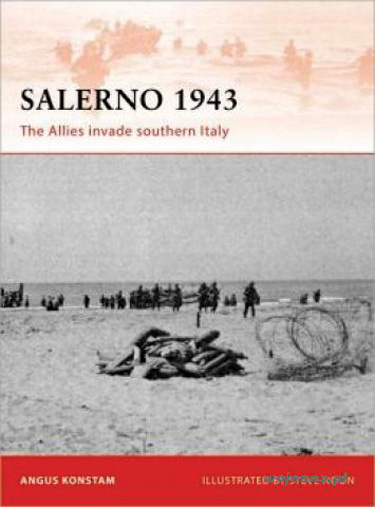 Salerno 1943: The Allies Invade Southern Italy, Angus Konstam, Osprey Publishing, Oxford, UK, 2013, 96 pp., maps, photographs, illustrations, index, $21.95, softcover.
Salerno 1943: The Allies Invade Southern Italy, Angus Konstam, Osprey Publishing, Oxford, UK, 2013, 96 pp., maps, photographs, illustrations, index, $21.95, softcover.
Osprey’s Campaign Series covers the major battles of history, giving a general overview of an engagement while retaining a fair level of detail. This volume covers Salerno, part of the larger invasion of southern Italy in the autumn of 1943. The attack was meant to put a major force ashore near a usable port, in this case Naples. The Italian government had just surrendered, giving hope Italy could be taken with little bloodshed. As the British and American soldiers of the landing force went ashore, they likewise hoped there would be only surrendering Italian soldiers awaiting them, eager for the ordeal of the war to be over. Their wishes for a peaceful landing were in vain.
The German Army, long expecting an Italian capitulation, had planned for it and moved quickly to disarm Italian units and take their place defending the long Italian peninsula. When the Allied soldiers arrived at Salerno, dug-in German troops awaited them. These German units were mainly the remnants of those recently fighting in Sicily; while still rebuilding from that battle, they were experienced, tough, and partially mechanized.
While the Allies got ashore and quickly established a lodgment, German counterattacks foiled their attempts to move inland and quickly placed the beachhead in jeopardy. The relatively untested Anglo-American units were hard pressed to hold back the Axis onslaught. In the end, some bitter defensive fighting coupled with massive artillery and naval gunfire support combined to hold off the Germans until their strength was spent and Montgomery’s Eighth Army approached from a separate landing point to the south, forcing the Wehrmacht to withdraw.
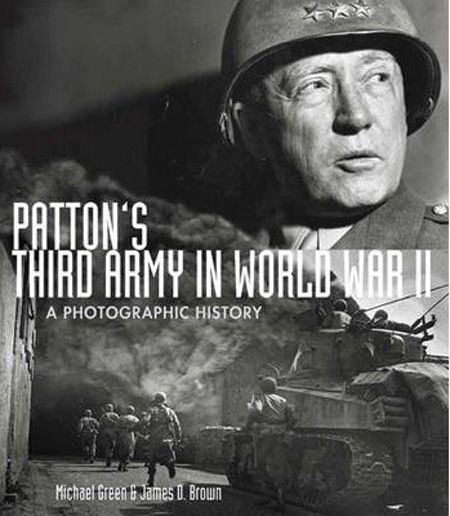 Patton’s Third Army in World War II: A Photographic History, Michael Green and James D. Brown, Zenith Press, Minneapolis, MN, 2013, 288 pp., maps, photographs, appendix, index, $24.99, softcover.
Patton’s Third Army in World War II: A Photographic History, Michael Green and James D. Brown, Zenith Press, Minneapolis, MN, 2013, 288 pp., maps, photographs, appendix, index, $24.99, softcover.
This coffee table book delivers exactly what the title promises: the story in pictures of the Third Army’s offensive across Europe from France into Germany. The flamboyant and volatile General George S. Patton, Jr., had been sidelined before D-Day due to a number of politically insensitive remarks and actions. Still, his acknowledged skill meant he would be returned to active service almost seven weeks after the invasion. From there, he led Third Army in a significant contribution to the eventual victory in the European Theater.
Divided into chapters covering specific periods, each has text to explain Third Army’s actions during the specific time. While the text is good, it is not the point of this book. As intended, the illustrations stand out. Often, books involving Patton tend to focus on the armored forces that made him famous. These photographs highlight infantrymen, medics, artillerymen, and the Germans they fought, with many pictures showing up-close views of individuals rather than focusing simply on weapons and equipment.
Maps accompany each chapter to give a sense of location to the book’s timeline. This work will satisfy those who enjoy a visual experience of one of America’s most famous fighting forces.
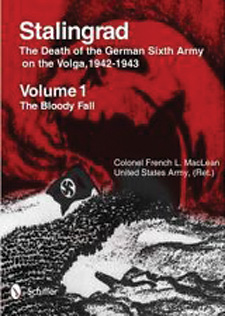 Stalingrad: The Death of the German Sixth Army on the Volga 1942-43, French L. MacLean, Schiffer Books, Atglen, PA, 2013, 704 pp., in a two-volume boxed set, maps, photographs, appendices, bibliography, $69.99, hardcover.
Stalingrad: The Death of the German Sixth Army on the Volga 1942-43, French L. MacLean, Schiffer Books, Atglen, PA, 2013, 704 pp., in a two-volume boxed set, maps, photographs, appendices, bibliography, $69.99, hardcover.
Schiffer Books is well known for covering the Wehrmacht in exhaustive detail, and this two-volume set is no exception. Stalingrad was a turning point of World War II, pitting two implacable foes in a brutal attritional battle neither was willing to concede. It has been covered often, but new records occasionally turn up from the old Soviet archives to breathe new life into the research. The Germans initially had the upper hand, but over time the dogged Soviet defense wore them down and a counteroffensive left the Sixth Army surrounded and starving. Hitler’s refusal to accept reality kept him from allowing them to break out until it was too late.
This book examines the activities of each unit in the Sixth Army on a month-by-month basis for the length of the battle. This is not a book for those who want a general history of the battle. Rather, it is for the serious student of Stalingrad, one who knows the battle already and wants to get into finer detail in the quest to be an expert on the grim fight on the Volga River where the Nazi onslaught was blunted and the slow struggle to push the Germans back began.
 “A” Force: The Origins of British Deception During the Second World War, Whitney T. Bendeck, Naval Institute Press, Annapolis, MD, 2013, maps, notes, bibliography, index, $45.95, hardcover.
“A” Force: The Origins of British Deception During the Second World War, Whitney T. Bendeck, Naval Institute Press, Annapolis, MD, 2013, maps, notes, bibliography, index, $45.95, hardcover.
The A Force was a British military organization charged with implementing tactical and operational deception. The group’s origins date to the beginning of Britain’s desert war in North Africa against the Italians. The British Army in Egypt was badly outnumbered by the Italian Tenth Army and needed time to prepare for the coming fight. To do this, the British made the Italians think they had greater numbers by making feints, conducting aggressive patrols, and other tricks to impress the Italians.
After this success, the British commander in the theater, General Archibald Wavell, brought in Dudley Clarke, an officer he knew from Palestine and considered an unconventional thinker, just what Wavell thought was needed. Clarke turned out to be the correct choice. Under his direction the unit used established methods such as feints, camouflage, and misinformation as well as new ideas. Sonic deception used false noise to simulate military activity, such as tank tracks and engines. Radio and message traffic could mislead the enemy or cause it to think a whole army was in place when in fact it did not exist.
Clarke’s A Force was so successful that its methods were adopted throughout the war, being used at Normandy and elsewhere. How these techniques were developed is the subject of this fascinating work. Intelligence work has long been a hallmark of the British war machine; this book gives the reader insight into why this reputation is well deserved.
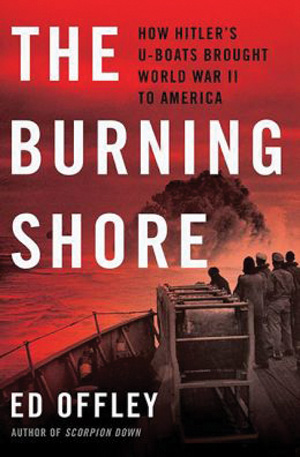 The Burning Shore: How Hitler’s U-Boats Brought World War II to America, Ed Offley, Basic Books, New York, 2014, 312 pp., maps, photographs, notes, bibliography, index, $27.99, softcover.
The Burning Shore: How Hitler’s U-Boats Brought World War II to America, Ed Offley, Basic Books, New York, 2014, 312 pp., maps, photographs, notes, bibliography, index, $27.99, softcover.
World War II found the United States woefully unprepared to wage modern war on land or sea. This was not only true of actual military readiness in terms of weapons and equipment. America was mentally unready to enter into a conflict with an enemy that had some ability to reach its shores. After Pearl Harbor and the declaration of war on Japan, Germany followed suit with its own declaration of war against the United States. This meant the U-boats of the Kriegsmarine could now range close along American shores in search of merchant shipping.
Many cities along the U.S. East Coast did not enact precautions against U-boats, such as blackouts and shore watches, in a timely manner. That quickly changed once ships starting being sunk, sometimes within sight of the shoreline. The shallow waters of the Continental Shelf made it more difficult for submarines to operate, but American forces were hampered by inexperience and obsolete weapons. It was a bitter struggle, and this book focuses on several of the key players on both sides to give a personal view of what the combatants experienced.
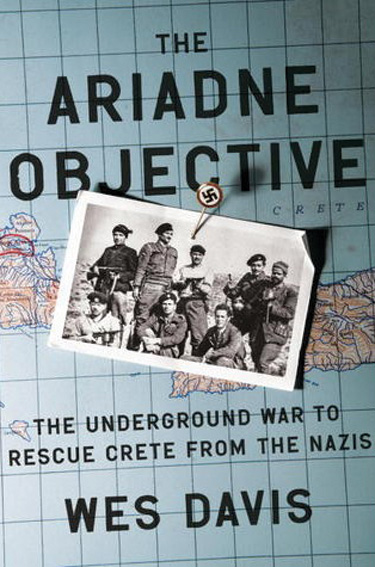 The Ariadne Objective: The Underground War to Rescue Crete from the Nazis, Wes Davis, Basic Books, New York, 2013, 352 pp., photographs, notes, bibliography, index, $26.00, hardcover.
The Ariadne Objective: The Underground War to Rescue Crete from the Nazis, Wes Davis, Basic Books, New York, 2013, 352 pp., photographs, notes, bibliography, index, $26.00, hardcover.
This is the story of a quartet of British intelligence agents posted to Crete after the German conquest. Chosen for no better reason than they spoke Greek, these four men—an archaeologist, two writers, and a scholar—infiltrated the island and joined the Cretan resistance. Once there they embarked on a campaign of guerrilla warfare against the occupying Nazis. They moved often to avoid capture.
Eventually they undertook a mission to kidnap the German general in charge of the entire island. They succeeded in capturing him, and then attempted to get him off the island without getting killed in the process. How that happened is a fascinating tale that at times reads more like a novel than historical nonfiction. Anyone who enjoys the wartime exploits of the British Special Operations Executive will appreciate this story.
New and Noteworthy
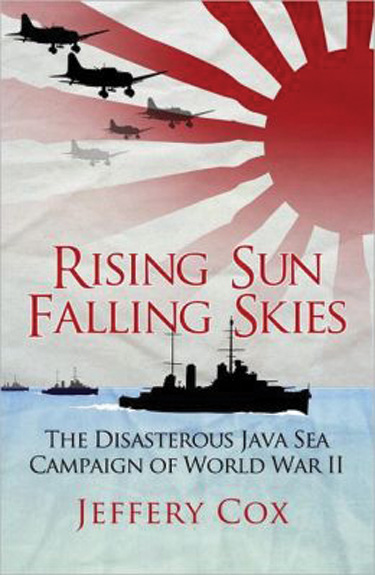 Rising Sun, Falling Skies: The Disastrous Java Sea Campaign of World War II, Jeffrey R. Cox, Osprey Publishing, 2014, 368 pp., $29.95, hardcover. This is an in-depth analysis of the disastrous Allied holding action in the Pacific. This was the first major naval engagement of the Pacific War.
Rising Sun, Falling Skies: The Disastrous Java Sea Campaign of World War II, Jeffrey R. Cox, Osprey Publishing, 2014, 368 pp., $29.95, hardcover. This is an in-depth analysis of the disastrous Allied holding action in the Pacific. This was the first major naval engagement of the Pacific War.
Dog Company: The Boys of Pointe du Hoc, The Rangers Who Accomplished D-Day’s Toughest Mission and Led the Way Across Europe, Patrick K. O’Donnell, Da Capo Press, 2013, 305 pp., $15.99, softcover. This is the story of a Ranger company’s odyssey across Europe during the war. The author used extensive personal interviews.
Operation Barbarossa: Nazi Germany’s War in the East 1941-45, Christian Hartmann, Oxford University Press, 2013, 184 pp., $21.95, hardcover. This is a concise telling of history’s largest military operation. The political prelude is covered in addition to the military events.
The Bombers and the Bombed: Allied Air War over Europe 1940-1945, Richard Overy, Viking Press, 2014, 541 pp., $36.00, hardcover. This is the story of the air war that took a terrible toll on both combatants and noncombatants. It includes a chapter on the bomber offensive against Italy.
Eastern Inferno: The Journals of a German Panzerjaeger on the Eastern Front, 1941-43, Edited by Christine Alexander and Mason Kunze, Casemate, 2013, 240 pp., $18.95, softcover. This is a newly discovered war diary of a German soldier and his Eastern Front service, well illustrated with original photos and documents.
 Bomber Command Losses of the Second World War, Volume 1 1939-40, W.R. Chorley, Classic Publishing, 2013, 372 pp., $32.95, Softcover. This is a reference work delving into the losses suffered by the Royal Air Force during the early months of World War II. The level of detail reveals individual bomber crewmen by name.
Bomber Command Losses of the Second World War, Volume 1 1939-40, W.R. Chorley, Classic Publishing, 2013, 372 pp., $32.95, Softcover. This is a reference work delving into the losses suffered by the Royal Air Force during the early months of World War II. The level of detail reveals individual bomber crewmen by name.
The Leibstandarte in Greece: The 1st Battalion LSSAH During Operation Marita, 1941, Branislav Radovic and Martin Stiles, Schiffer Publishing, 2013, 239 pp., $69.99, hardcover. This is a photobook of an SS unit’s daily activities during the invasion of Greece. Combat and noncombat photos are included.
Once Upon a Time in War: The 99th Division in World War II, Robert E. Humphrey, University of Oklahoma Press, 2014, 376 pp., $24.95, softcover. A history of the division compiled from over 300 hundred veteran interviews, this book details the actions of a unit that fought through Belgium and Germany including the Battle of the Bulge.
Hitler’s Spanish Legion: The Blue Division in Russia in WWII, Gerard R. Kleinfeld, Lewis A. Tambs, Stackpole, 2014, 432 pp., $21.95, softcover. This is the story of the Spanish troops who volunteered to fight with the Nazis on the Eastern Front. Much of their service was around Leningrad.
I’ll Be Back When Summer’s in the Meadow, Melanie Ippolito, Merriam Press, 2013, three-volume set, $39.95, hardcover. This is a three-volume set of the love letters between an Irish woman and a U.S. Army sergeant during the war. The letters detail the war’s effect on both of them.
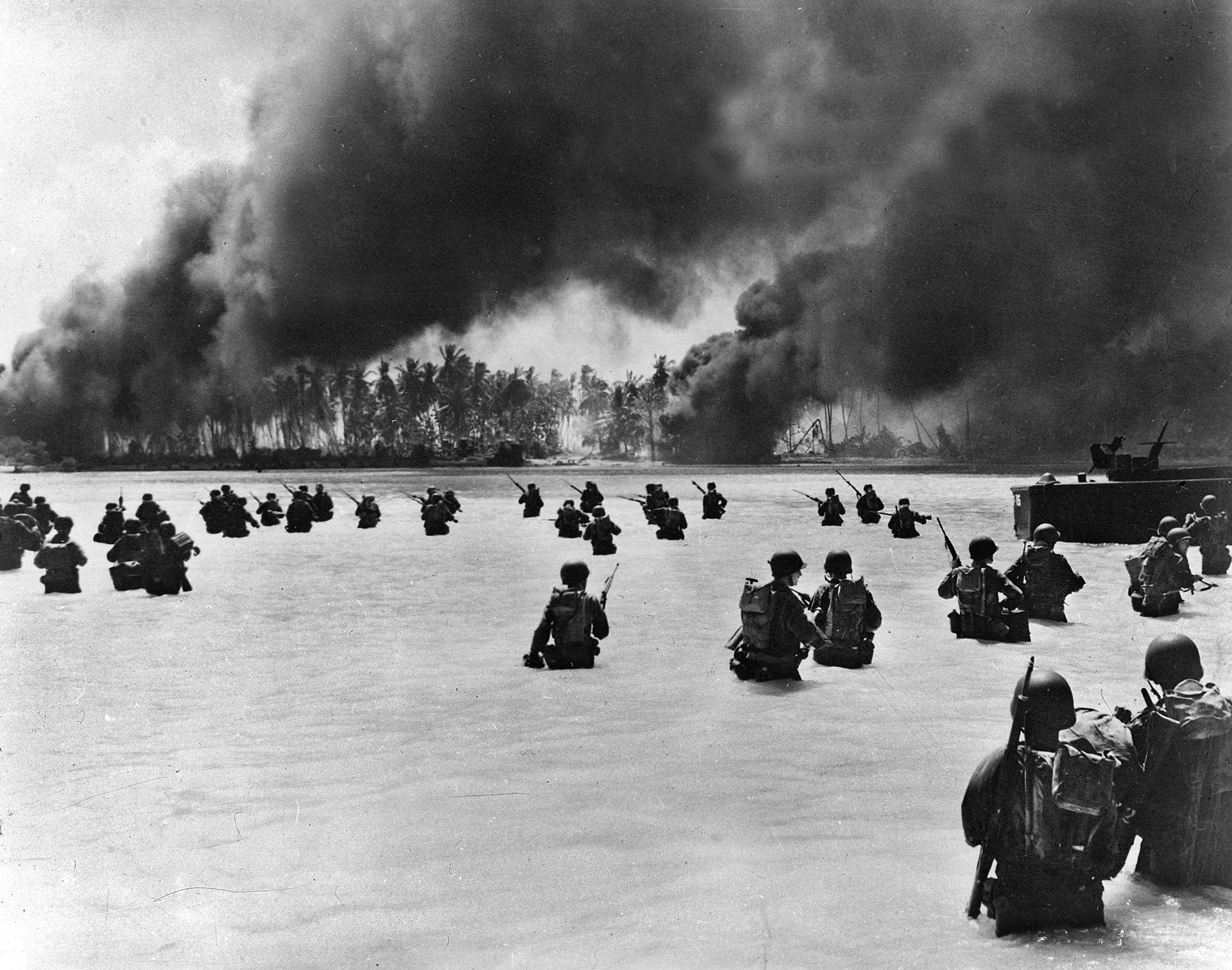
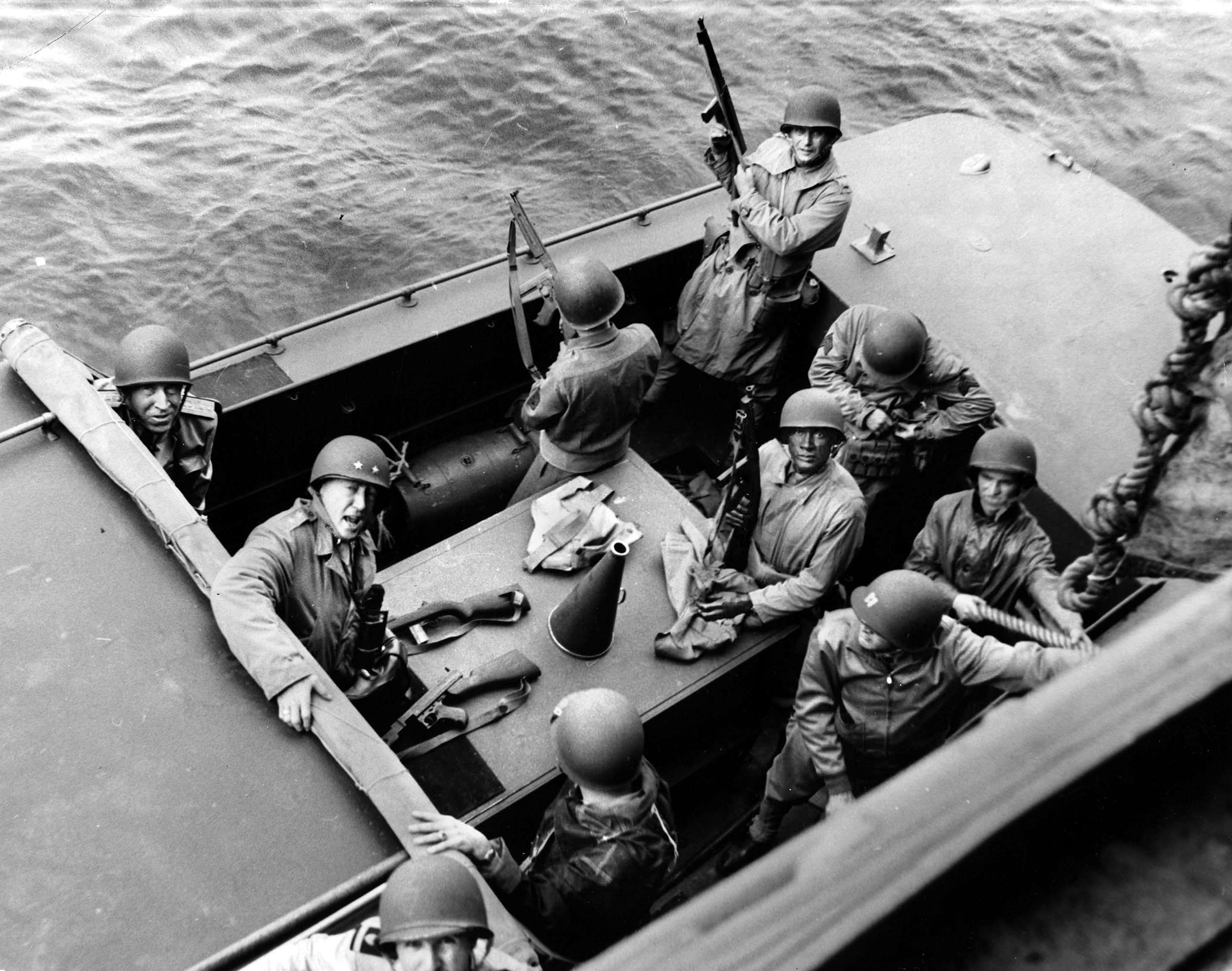
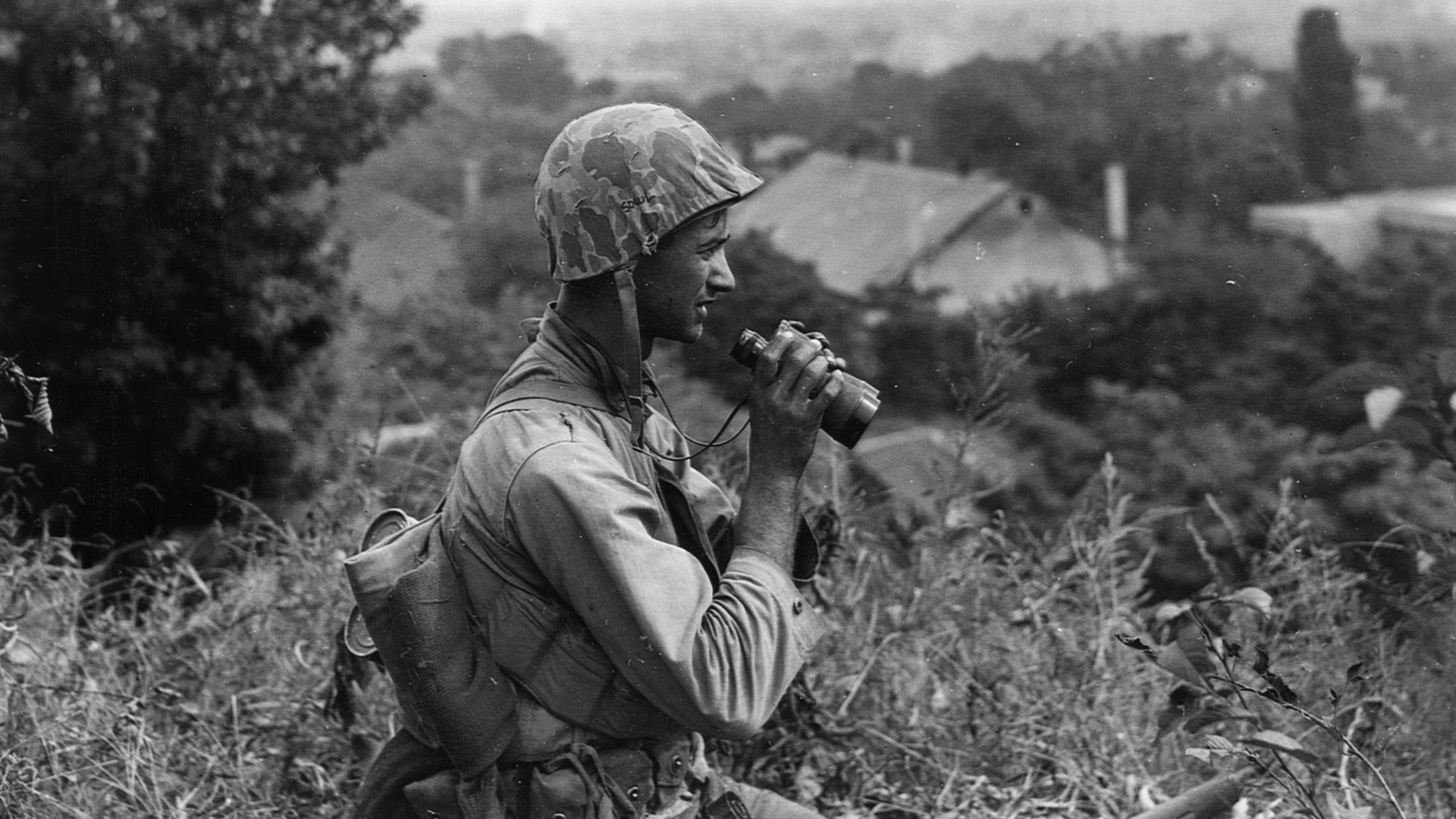
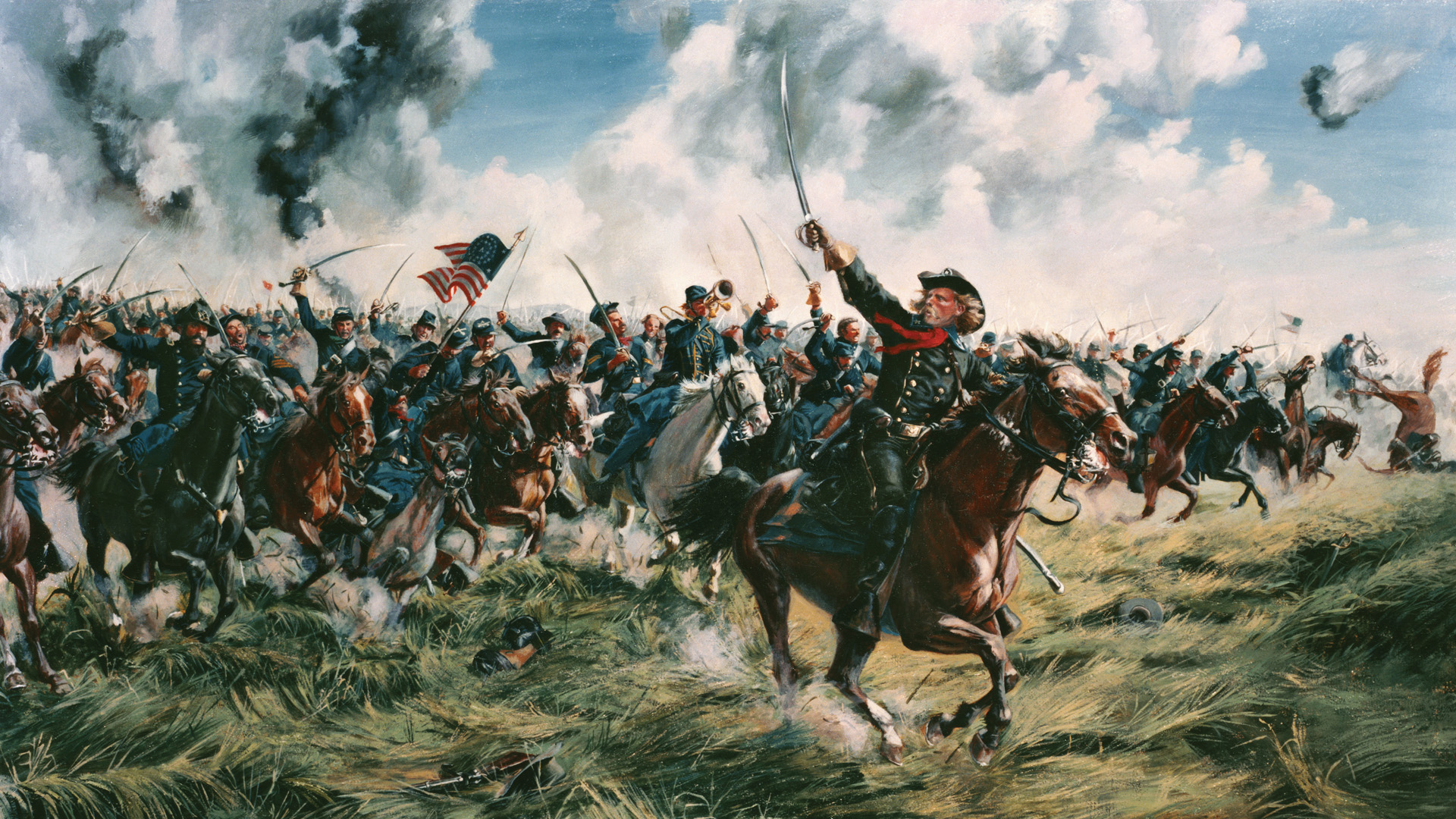
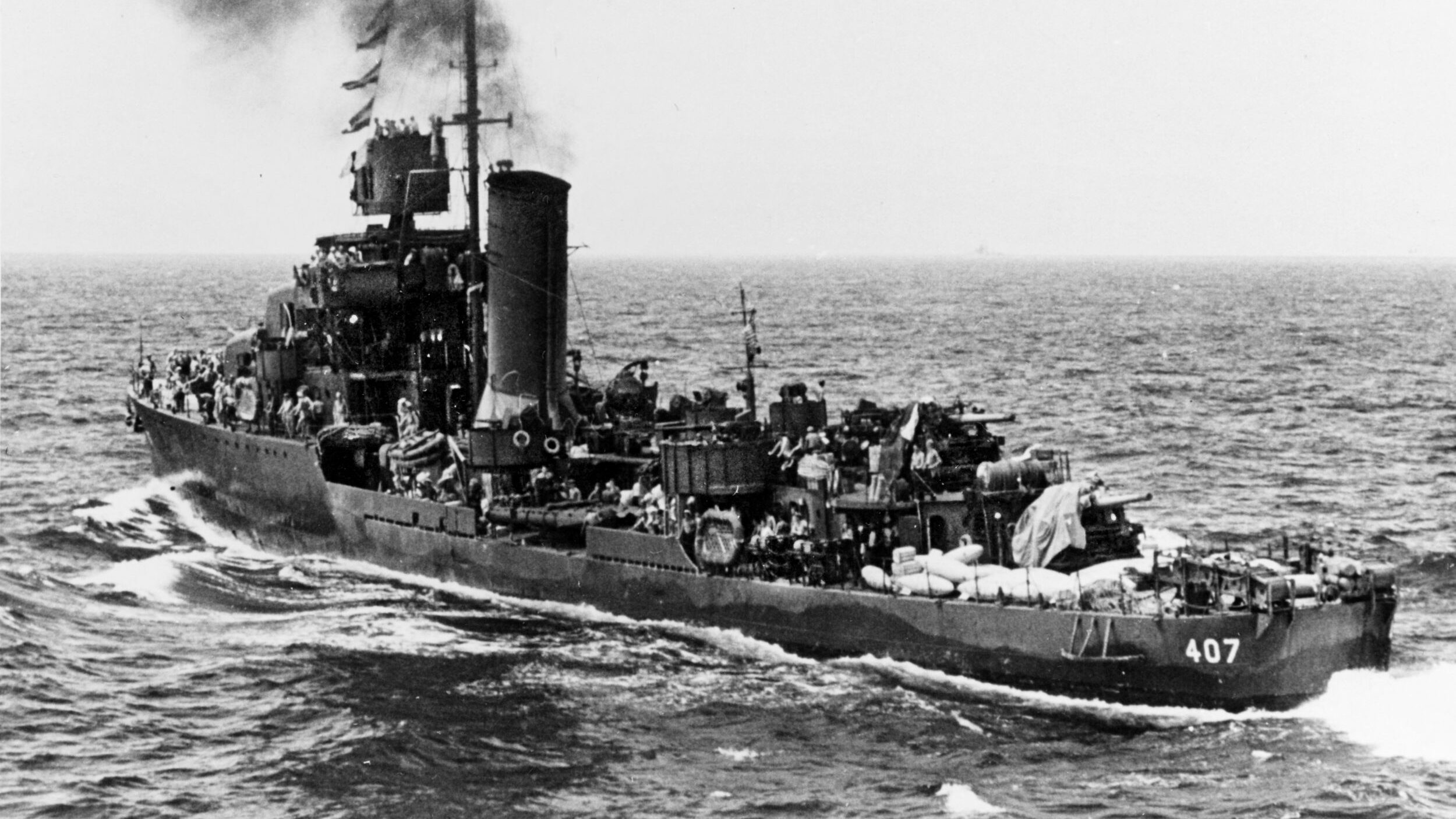
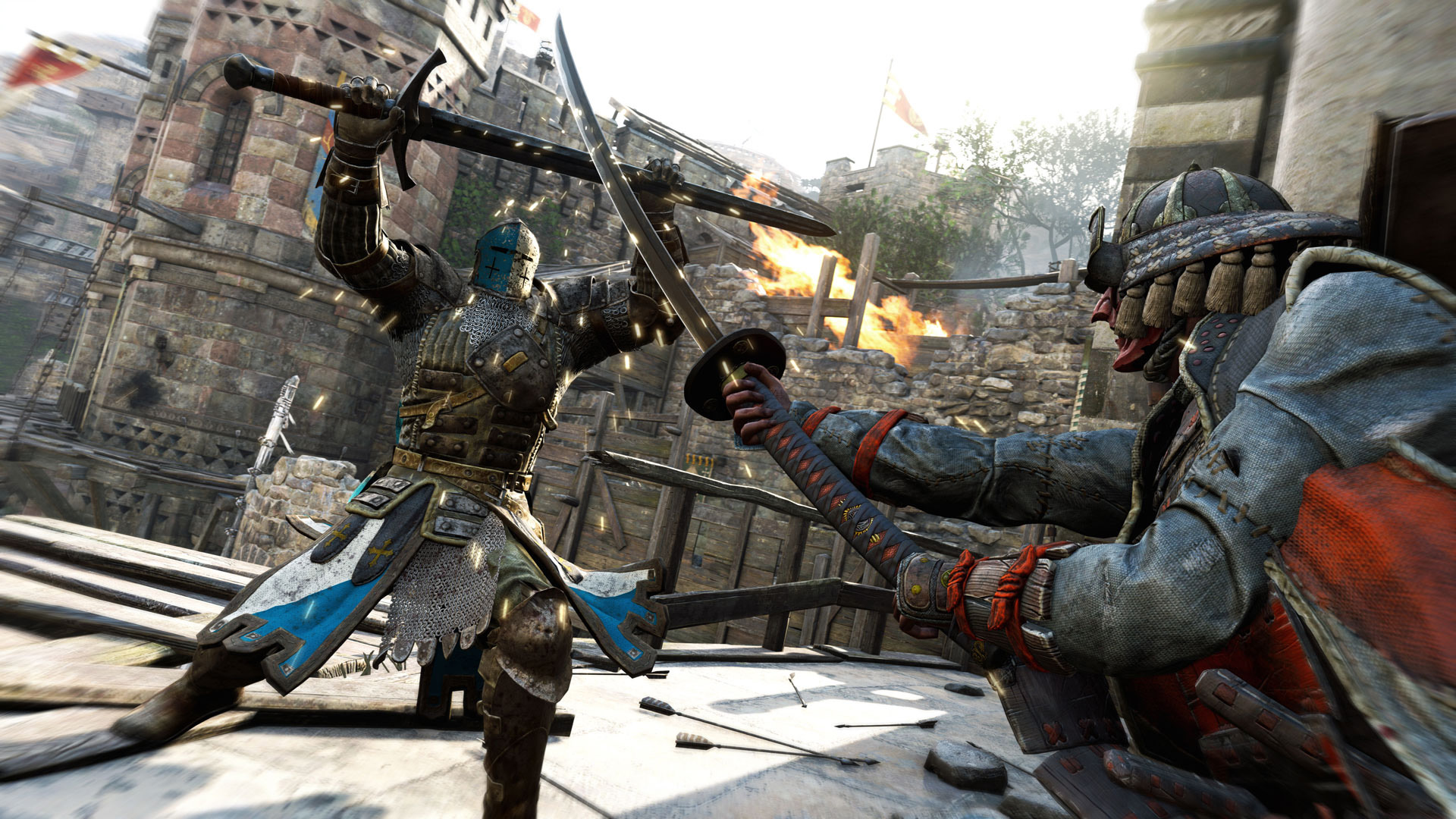
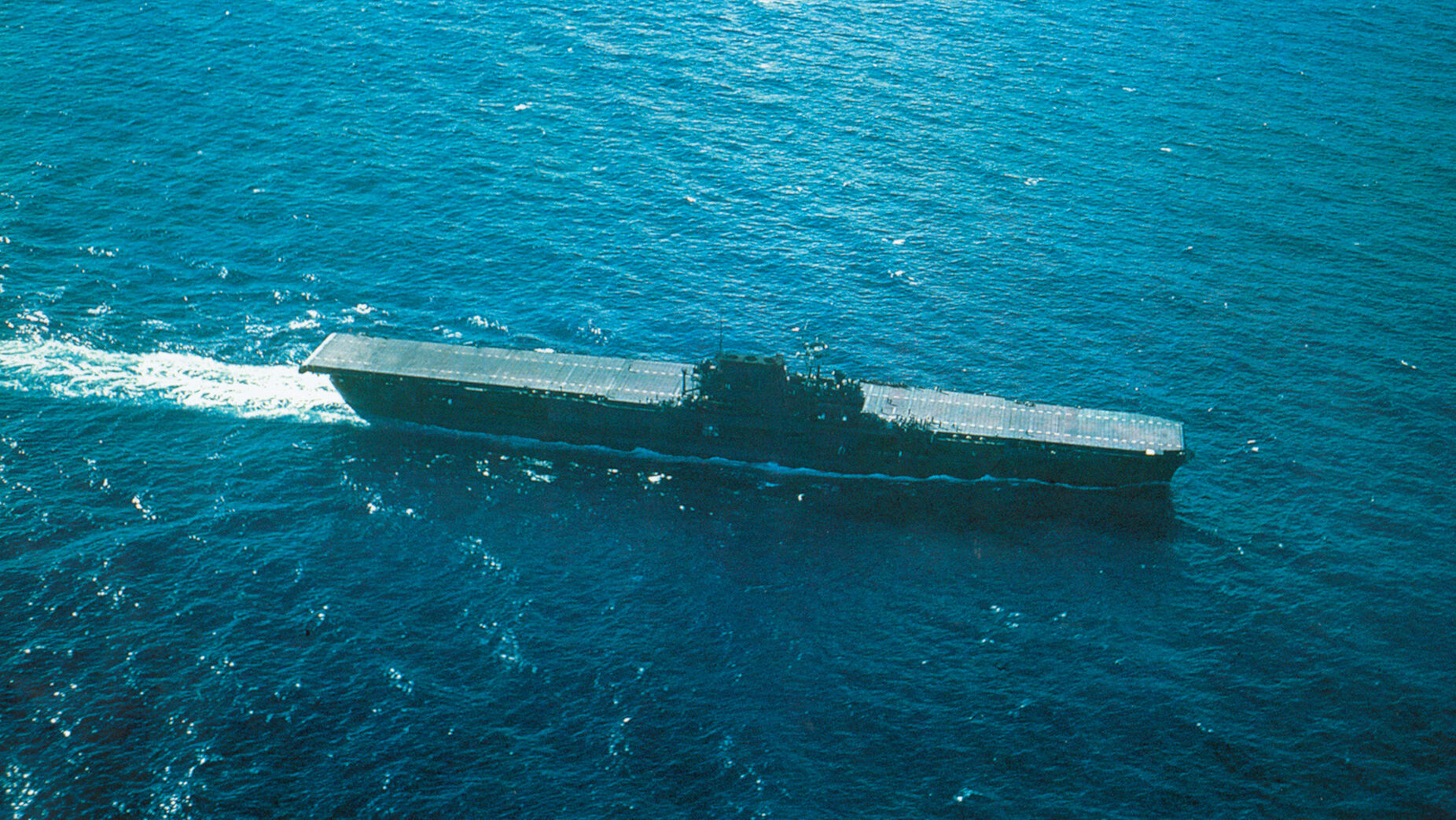
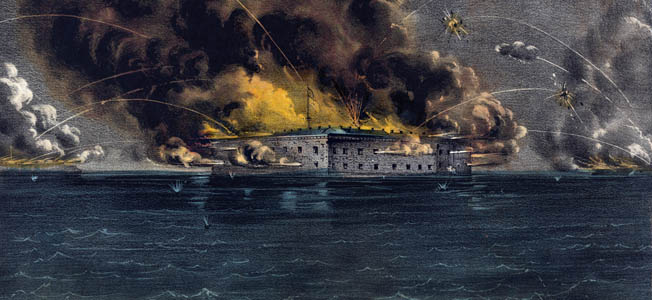
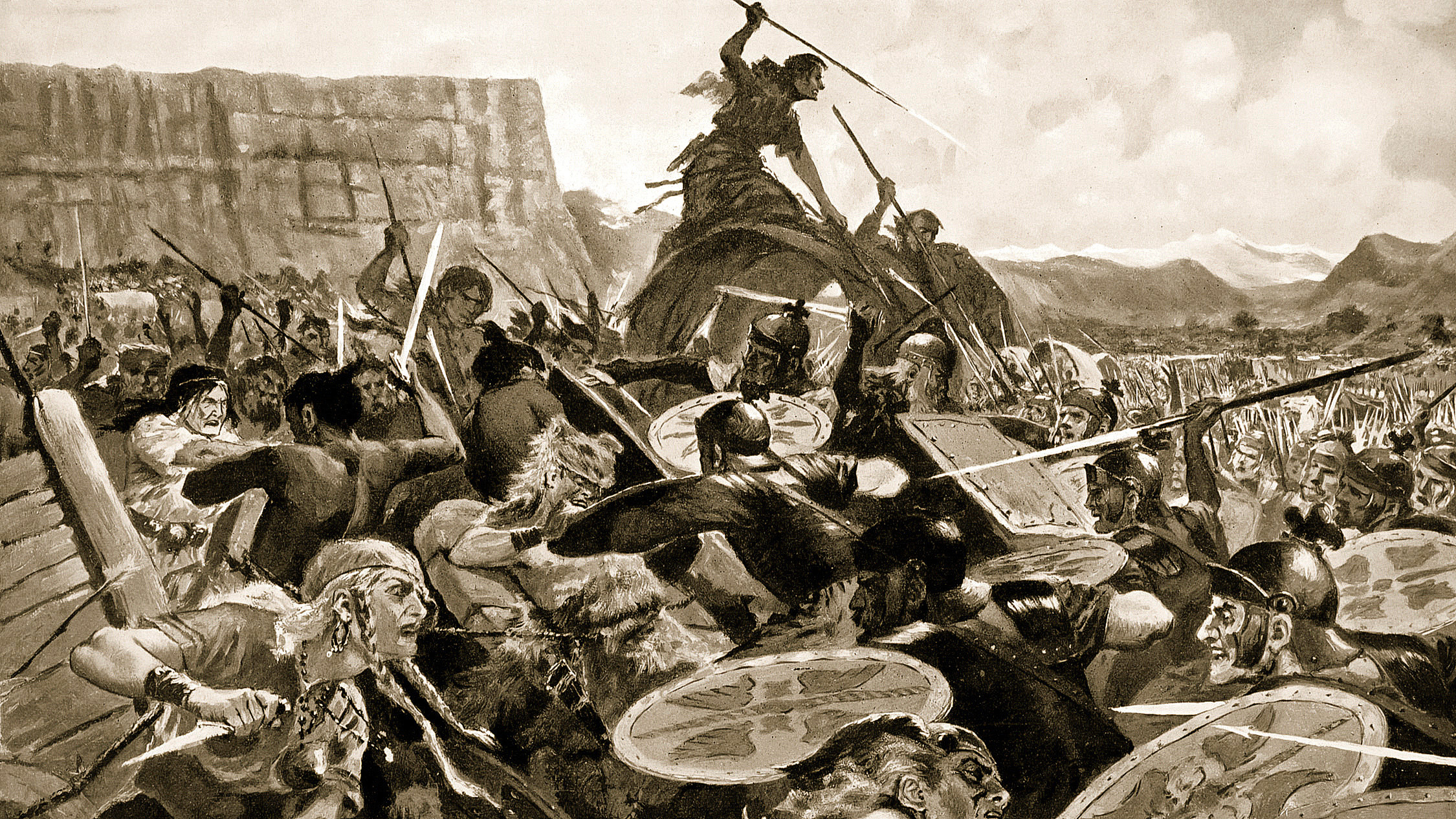
Join The Conversation
Comments
View All Comments